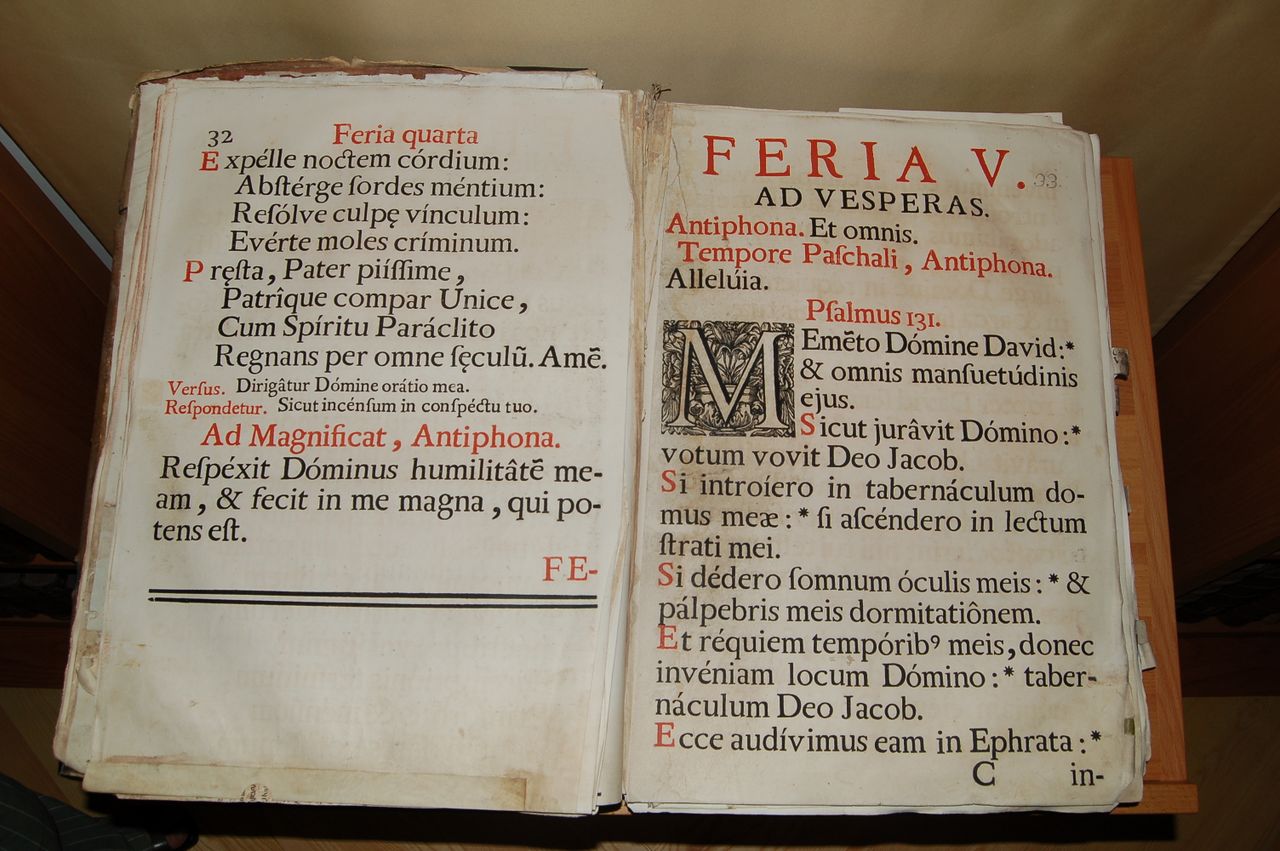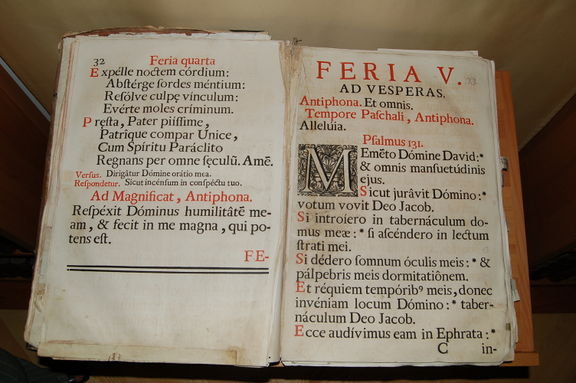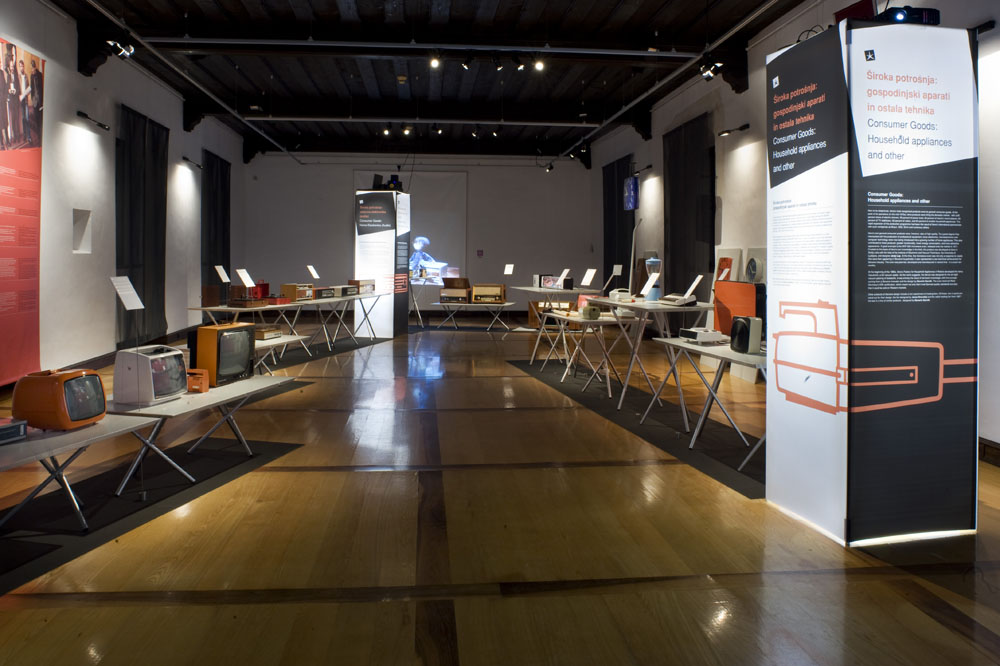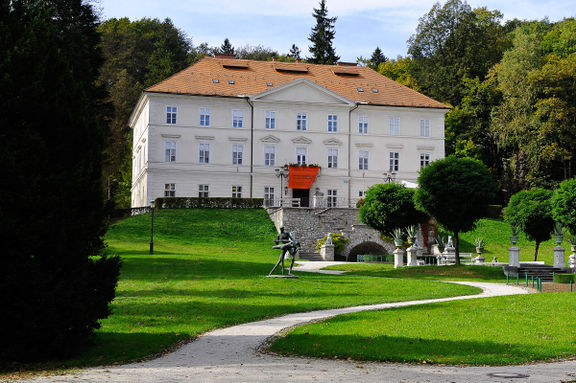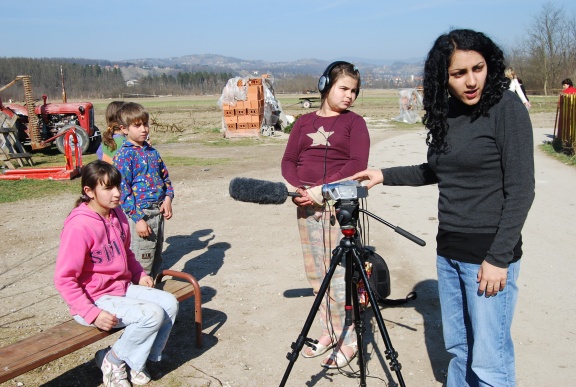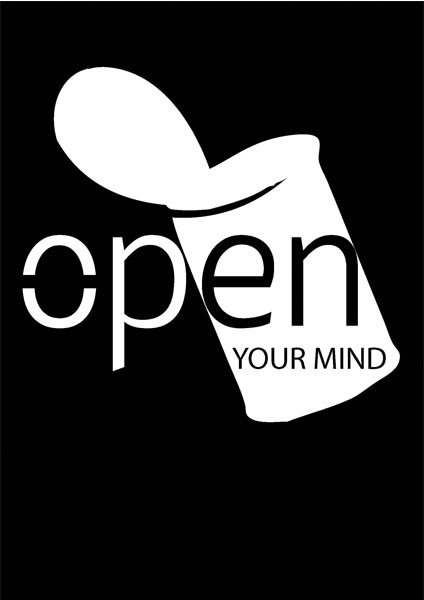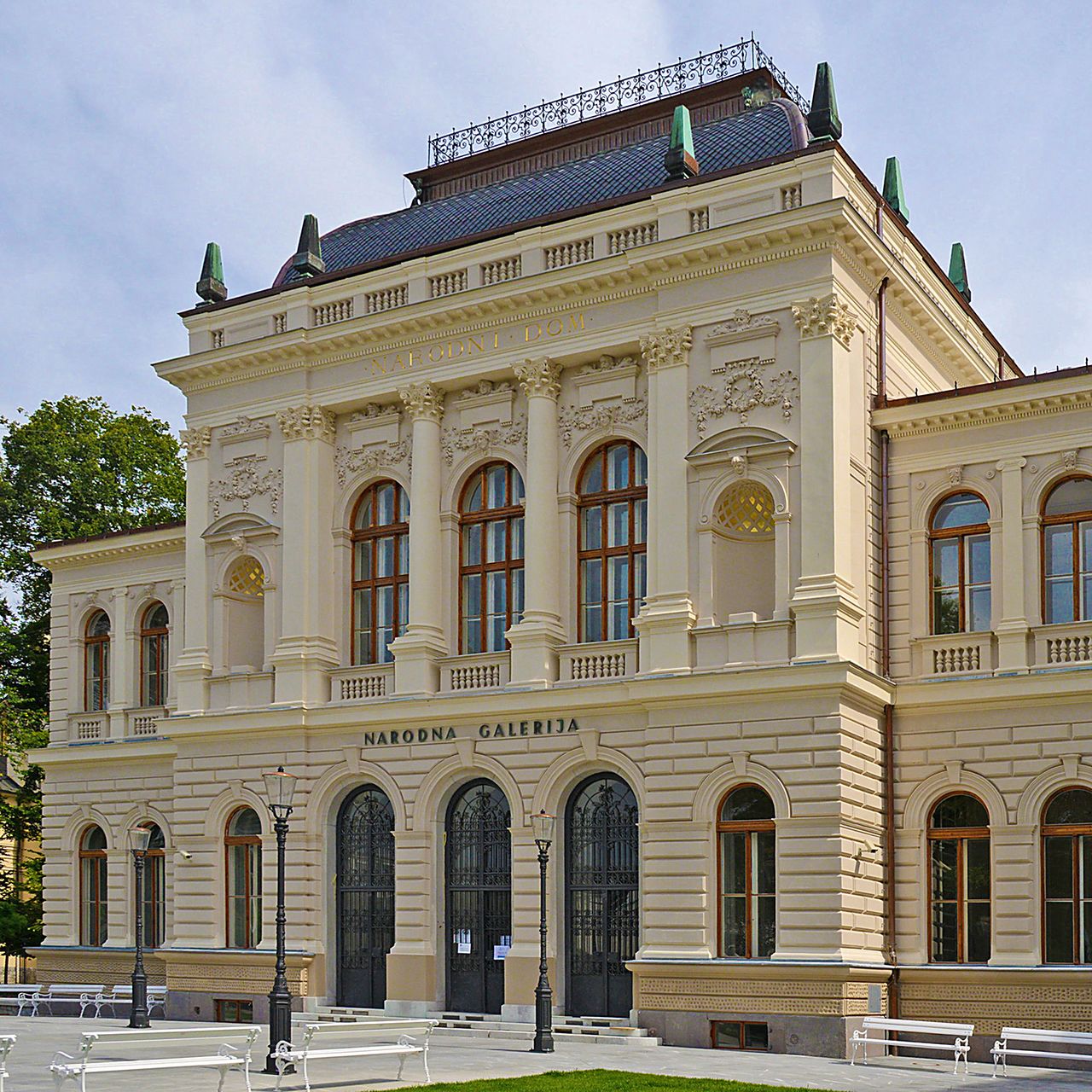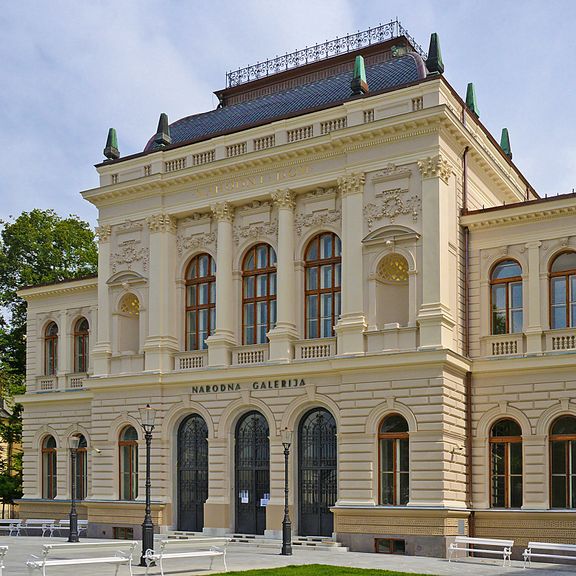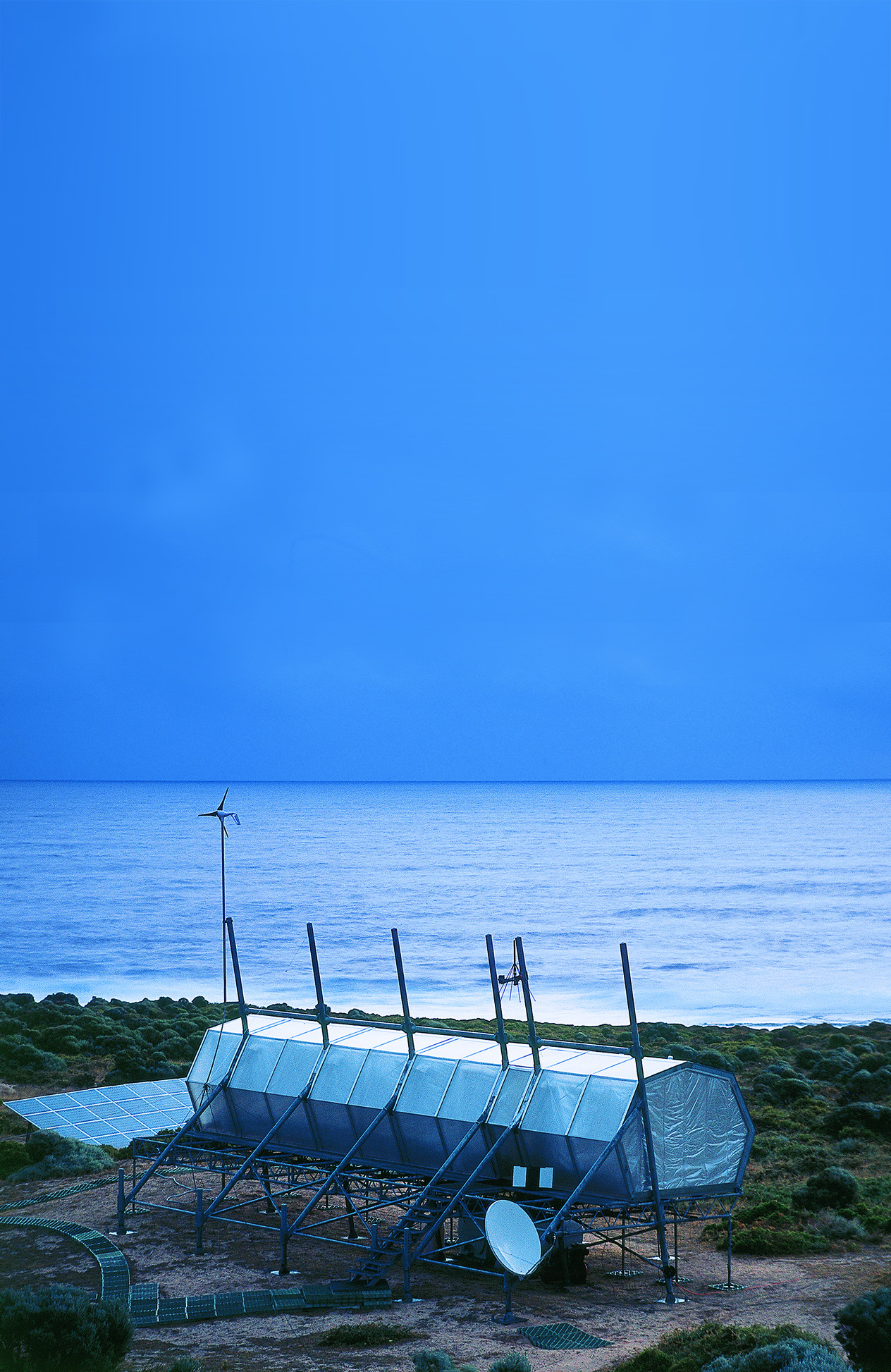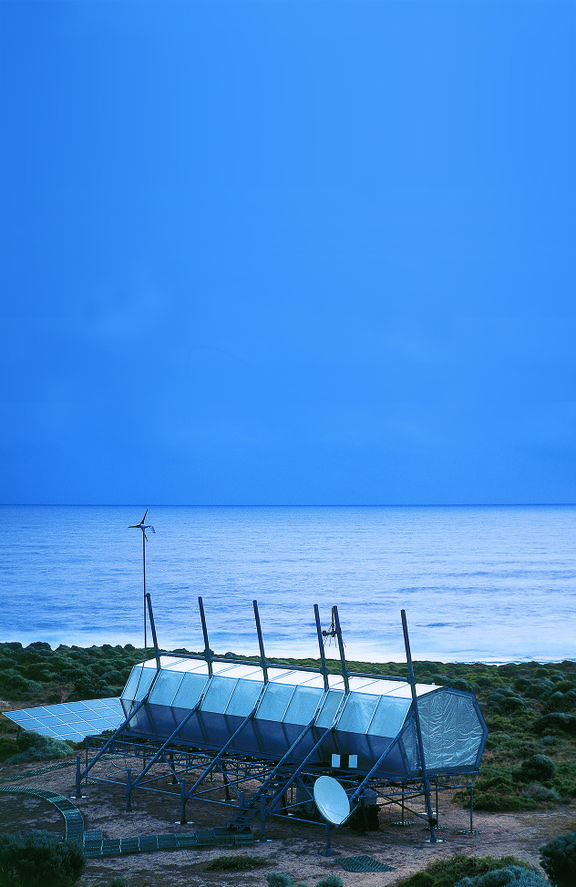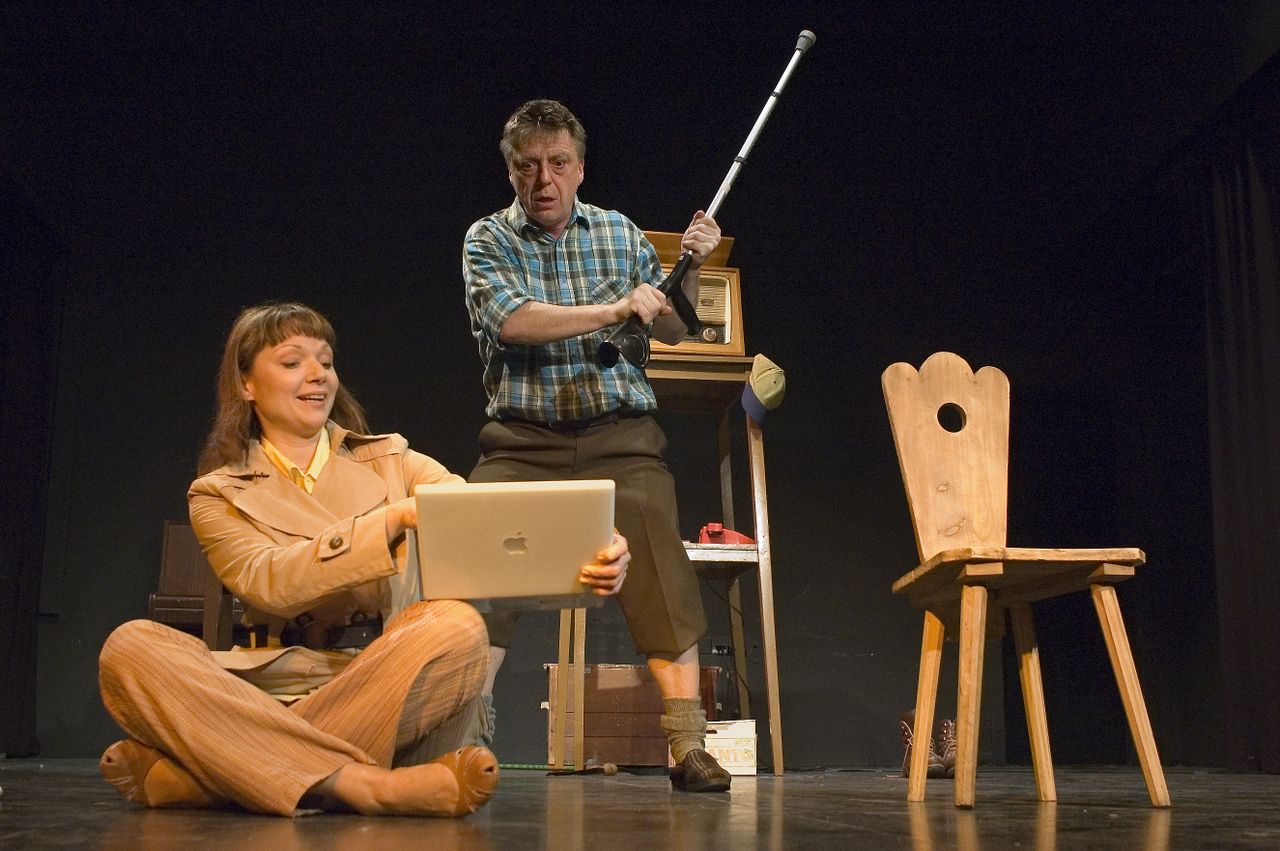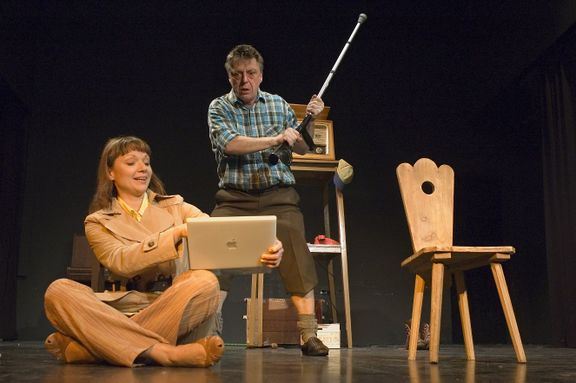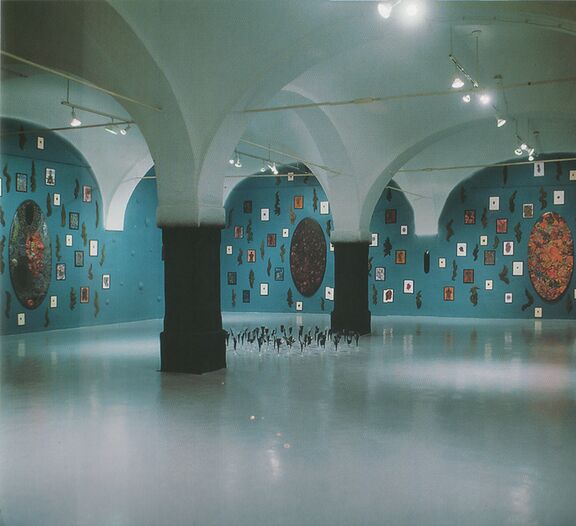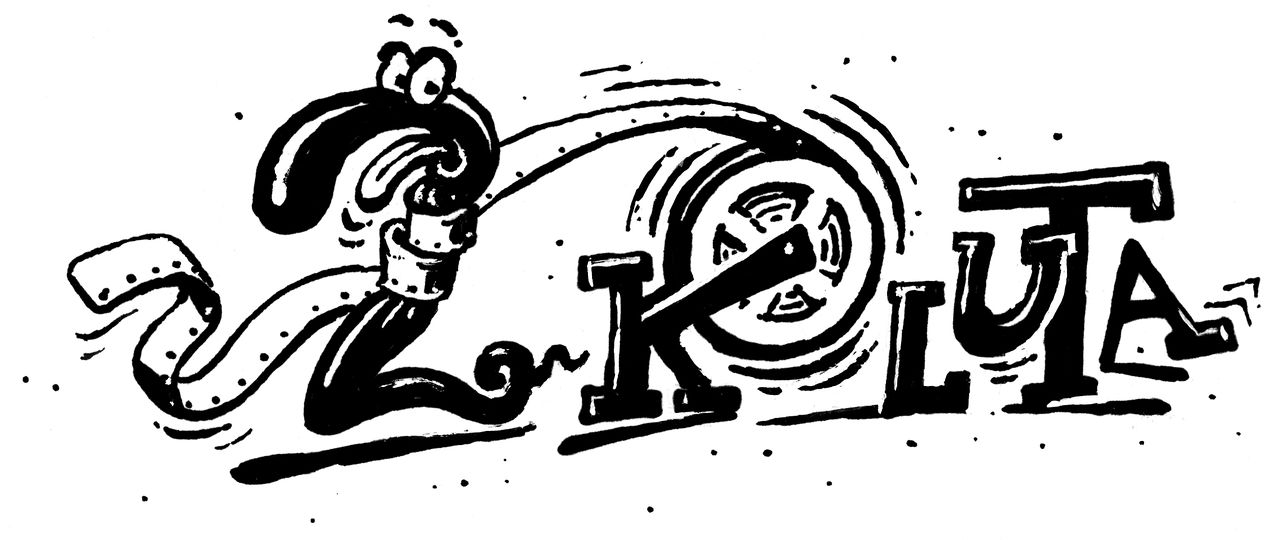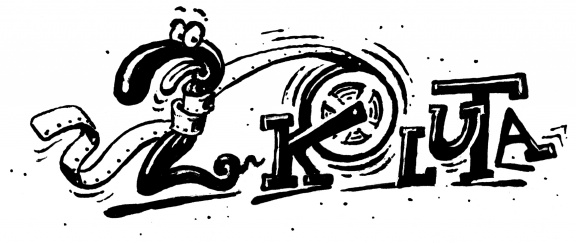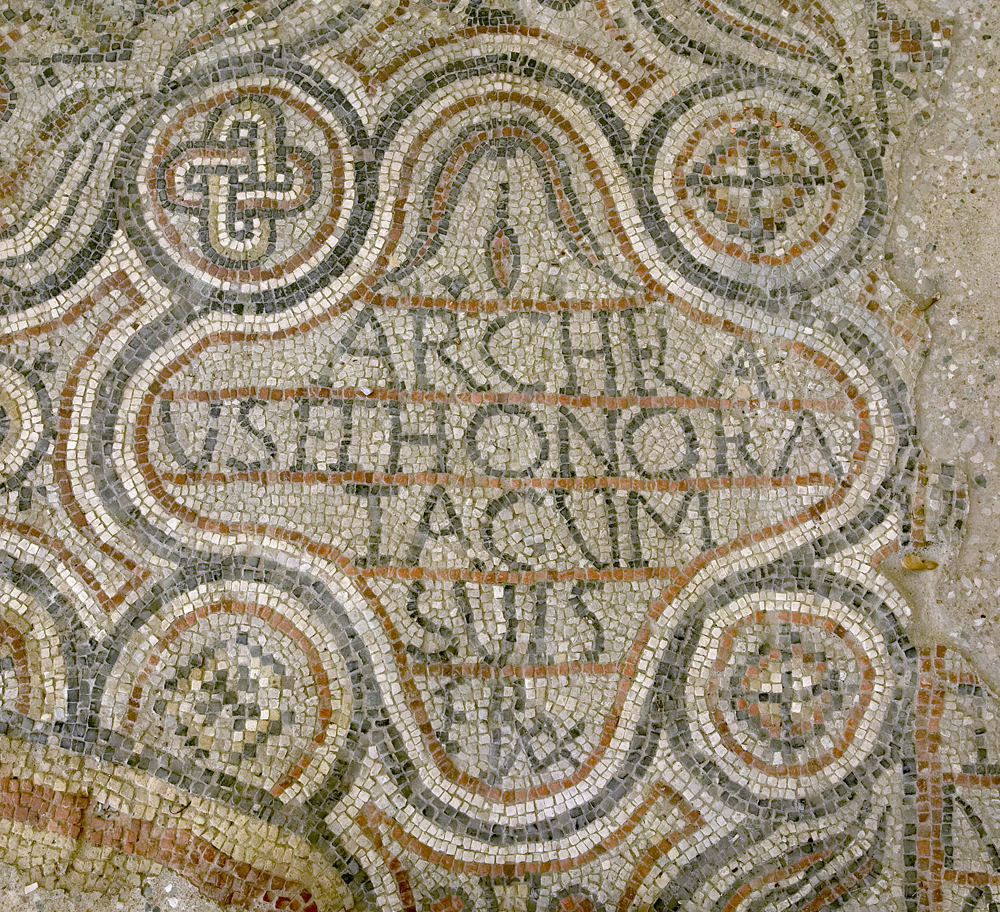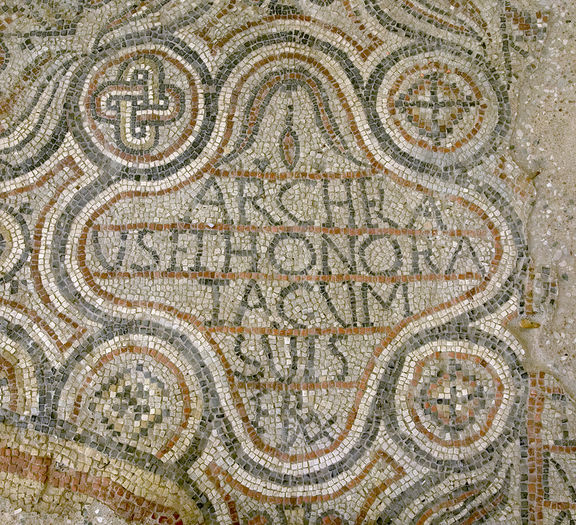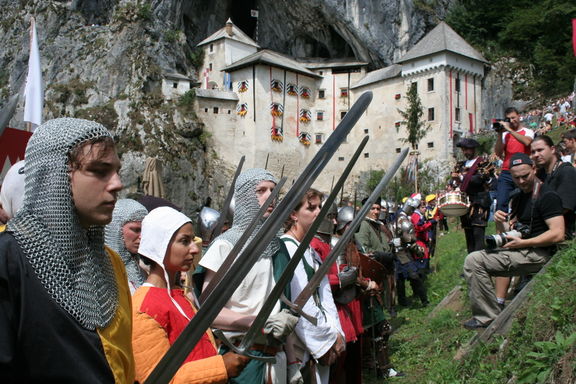Difference between revisions of "Culture.si:Featured"
(Culture.si feature-bot!) |
(Culture.si feature-bot!) |
||
| Line 1: | Line 1: | ||
__NOTOC__ | __NOTOC__ | ||
== Architecture == | == Architecture == | ||
| − | {{Featured article horizontal| | + | {{Featured article horizontal|Capuchin Monastery Archives and Library, Škofja Loka}} |
== Dance == | == Dance == | ||
| − | {{Featured article horizontal| | + | {{Featured article horizontal|Pekinpah Association}} |
== Design == | == Design == | ||
| − | {{Featured article horizontal| | + | {{Featured article horizontal|International Centre of Graphic Arts, Ljubljana}} |
== Film == | == Film == | ||
| − | {{Featured article horizontal| | + | {{Featured article horizontal|Luksuz Production, DZMP}} |
== Literature == | == Literature == | ||
| − | {{Featured article horizontal| | + | {{Featured article horizontal|Café Open}} |
== Music == | == Music == | ||
| − | {{Featured article horizontal| | + | {{Featured article horizontal|National Gallery of Slovenia}} |
== New media art == | == New media art == | ||
| − | {{Featured article horizontal| | + | {{Featured article horizontal|Projekt Atol Institute}} |
== Theatre == | == Theatre == | ||
| − | {{Featured article horizontal| | + | {{Featured article horizontal|Rozinteater}} |
== Visual arts == | == Visual arts == | ||
| − | {{Featured article horizontal| | + | {{Featured article horizontal|Equrna Gallery}} |
== Intangible heritage == | == Intangible heritage == | ||
| − | {{Featured article horizontal| | + | {{Featured article horizontal|2 Reels - Association for Reanimation of Storytelling}} |
== Monuments and sites == | == Monuments and sites == | ||
| − | {{Featured article horizontal| | + | {{Featured article horizontal|Roman Emona}} |
== Museums == | == Museums == | ||
| − | {{Featured article horizontal| | + | {{Featured article horizontal|Predjama Castle}} |
Revision as of 15:35, 2 September 2011
Architecture
Capuchin Monastery Archives and Library, Škofja Loka
NOT ROBOT, WRITING DONE, INFOBOX DONE, PROOFREAD DONE, FERTIK, NOVERIFY, NODEPO, PHOTO, FEATURED, Article, HAS LOGO, HAS MAP, Libraries, Archives & Libraries, Articles maintained by Janez Premk, Library institutions, Archives, Church archives, Archival institutions, Church libraries
Dance
Pekinpah Association
NOT ROBOT, NEEDSUPDATE, NOVERIFY, NODEPO, PHOTO, Article, Dance, Theatre & Dance, Producers, NIFERTIK, Articles maintained by Anže Zorman, Music, WRITING, INFOBOX, TOPROOFREAD, HAS LOGO, EU funding of Slovene organisations (Culture and MEDIA Programmes), EU Culture funding recipient, Updated 2017, Exhibition organisers, Publishers, Architecture & Design, Event organisers, Design, Research, Design exhibition organisers, Design publishers, Design exhibition and event organisers, Education and Research, Dance producers, Design education and research, Contemporary dance, Design event organisers, Music publishers, Design research
Design
International Centre of Graphic Arts, Ljubljana
NOT ROBOT, INFOBOX DONE, NEEDSUPDATE, NOVERIFY, NODEPO, PHOTO, Article, Producers, NIFERTIK, Education, Education and research, WRITING, TOPROOFREAD, HAS LOGO, EU funding of Slovene organisations (Culture and MEDIA Programmes), EU Culture funding recipient, HAS MAP, Public entities, Archives & Libraries, Articles maintained by Simon Žlahtič, Visual arts galleries, Visual arts, Galleries, Venues, Museums, Visual arts producers, Visual arts exhibition organisers, Exhibition organisers, Publishers, Architecture & Design, Event organisers, Design, Archives, Visual arts museums, Design exhibition organisers, Design exhibition venues, Festival organisers, Design exhibition and event organisers, Workshop organisers, Exhibition venues, Visual arts workshop organisers, Municipal cultural institutions, Visual arts event organisers, Photography, Visual arts festival organisers, Visual arts publishers, Visual arts studios, Visual arts studios, workshops and residencies, Visual arts education, Visual arts archives, Visual arts archives and libraries, Photography exhibition organisers, Comic art, Comic art exhibition organisers
Film
Luksuz Production, DZMP
NOT ROBOT, WRITING DONE, INFOBOX DONE, PROOFREAD DONE, FERTIK, NEEDSUPDATE, NOVERIFY, NODEPO, PHOTO, FEATURED, Article, Course organisers, Courses and workshops, HAS LOGO, Articles maintained by Ziga Brdnik, Film, Film producers, Festival organisers, Film course organisers, Film course and workshop organisers, Workshop organisers, Film workshop organisers, Film festival organisers, Film festival and event organisers
Literature
Music
National Gallery of Slovenia
NOT ROBOT, INFOBOX DONE, NEEDSUPDATE, NOVERIFY, NODEPO, Article, NIFERTIK, WRITING, TOPROOFREAD, HAS LOGO, NO PHOTO, HAS MAP, Public entities, Articles maintained by Simon Žlahtič, Visual arts galleries, Visual arts, Galleries, Venues, Museums, Research, Visual arts museums, Architecture exhibition venues, National museums, National cultural institutions, Education and Research, Visual arts research, Slovene Impressionists and their Time
New media art
Projekt Atol Institute
NOT ROBOT, WRITING DONE, INFOBOX DONE, PROOFREAD DONE, FERTIK, NEEDSUPDATE, NOVERIFY, NODEPO, PHOTO, FEATURED, Article, Theatre & Dance, Producers, Theatre, Theatre producers, Music, HAS LOGO, New media art, EU funding of Slovene organisations (Culture and MEDIA Programmes), EU Culture funding recipient, Visual arts, New media art producers, New media art workshop organisers, Visual arts producers, Visual arts exhibition organisers, Exhibition organisers, EU Creative Europe, Culture funding recipient, KONS Platform, New media art course and workshop organisers, Music event organisers, Music festival and event organisers, Workshop organisers, Šiška Cultural Quarter, COVER, New media art event organisers, New media art festival and event organisers, Articles maintained by Jwilcoxen, Music publishers
Theatre
Visual arts
Intangible heritage
2 Reels - Association for Reanimation of Storytelling
NOT ROBOT, WRITING DONE, INFOBOX DONE, PROOFREAD DONE, NOVERIFY, NODEPO, Article, NIFERTIK, Education, Education and research, HAS LOGO, Articles maintained by Ziga Brdnik, Film, NO PHOTO, EU funding of Slovene organisations (Culture and MEDIA Programmes), Updated 2020, Film education, Film education and research, EU MEDIA funding recipient, Publishers, Event organisers, Festival organisers, Literature, Film course and workshop organisers, Literature publishers, Workshop organisers, Film workshop organisers, Literature event organisers, Literature festival and event organisers, EU Creative Europe, MEDIA funding recipient, Literature festival organisers, Animation, Film festival organisers, Film festival and event organisers, Film publishers



